Practically immediately after Samsung introduced its first Galaxy Note, the lay and professional public began to look impatiently for the second generation. No wonder - the first Galaxy The Note was remarkable in many ways, and people were curious to see what its successor would look like.
Original Galaxy The Note changed the shape – or rather the size – of smartphones. Large displays suddenly came into fashion. Its successor, Samsung Galaxy Note II, was even bigger, and the new Super AMOLED panel stretched from 5,3″ to 5,5″. This new panel had a full RGB strip similar to the one used in the Galaxy S II, which helped to improve image quality, although the resolution was actually slightly reduced - 720 x 1 px from the original 280 x 800 px.
Samsung Galaxy The Note II uses a media-friendly 16:9 display instead of the original 16:10 model, which is more document-oriented. This also meant that the two phones had essentially the same surface area, even though their diagonals differed by 0,2″. There was also a significant improvement in the S Pen stylus, the second generation of which was slightly longer and thicker - 7 mm compared to 5 mm, so it was more comfortable to hold. The button on the stylus has been given a textured finish to make it easier to find by touch.
You could be interested in
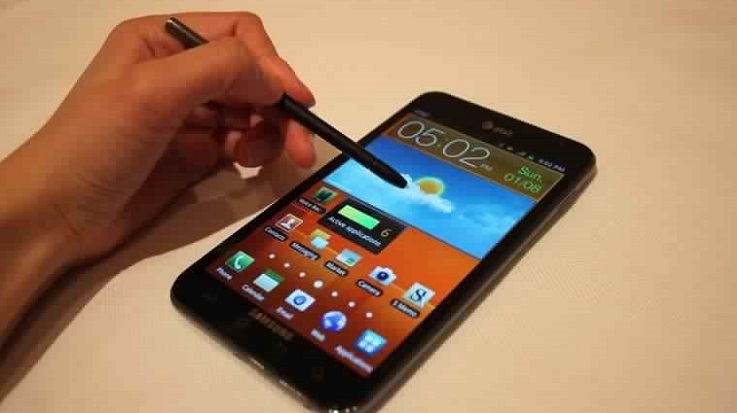
Samsung's intention was to allow users to fully navigate the interface without letting go of the S Pen. Indeed, the stylus enabled some shortcuts that are not available to the finger. The Quick Command feature allowed applications to be launched by drawing a symbol, and users could also add their own commands – for example to activate Bluetooth and Wi-Fi.
In the second generation of Samsung Galaxy The Note also saw an increase in battery capacity from the original 2500 mAh to 3100 mAh. The resolution of both the phone's cameras remained the same as before - 8 MP on the back, 1,9 MP on the front. However, the quality of the images has noticeably improved. This was most noticeable in video, which now held a steady 30 frames per second (the original Note dropped to 24 frames per second in low light). It was also possible to take 6 MP photos while recording video.
A big part of this was the Exynos 4412 quad-core processor, which more than doubled the available computing power. It increased the number of processor cores to four (Cortex-A9) and increased the clock by 0,2 GHz to 1,6 GHz. Also, the Mali-400 graphics processor offered four computing units instead of one.
The RAM capacity has been doubled to 2GB, which has helped with multitasking. A month after launch Galaxy For the Note II, Samsung released an update that enabled split-screen multitasking, a feature called Multi-View. It was one of the first smartphones to support such a feature, and a selection of Google apps – Chrome, Gmail, and YouTube – offered compatibility with the feature.
You could be interested in
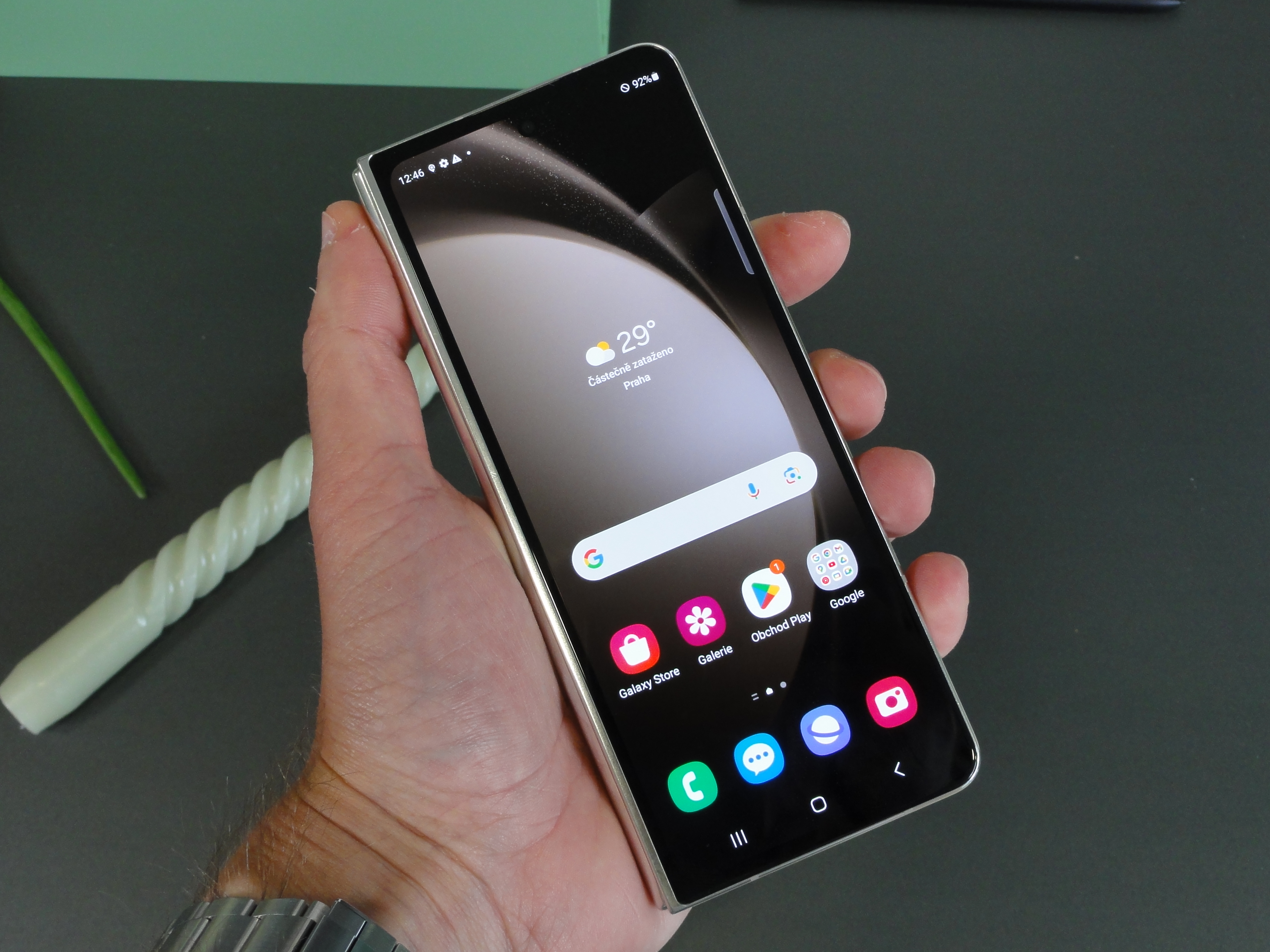
Samsung Galaxy The Note II was a hot selling hit. Samsung predicted that it would sell 3 million units in the first three months. But he reached 3 million in a single month, then in two months it was 5 million. By September 2013, the original Note had sold about 10 million units, while the Note II had surpassed 30 million. How about Samsung Galaxy Do you remember the Note II and miss this series, or are you happy with its merger into Galaxy S22/S23 Ultra?
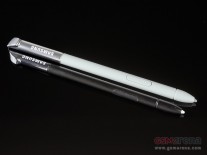
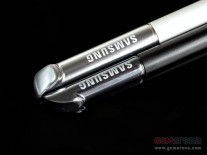
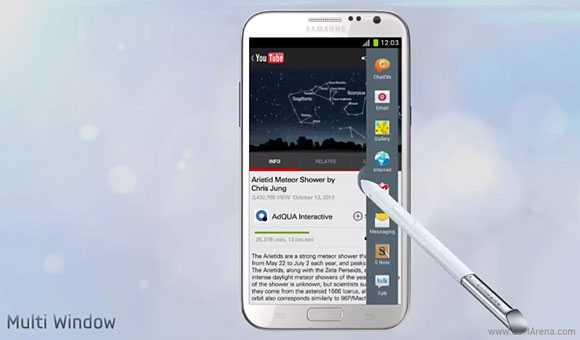
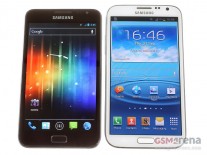
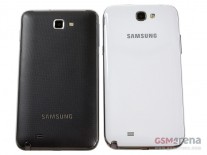
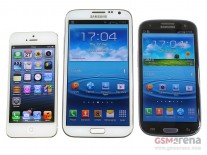
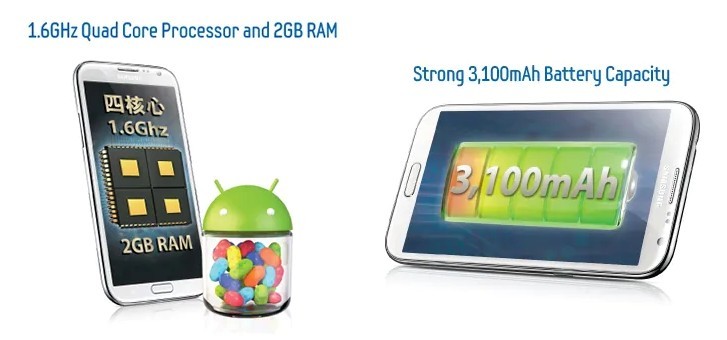

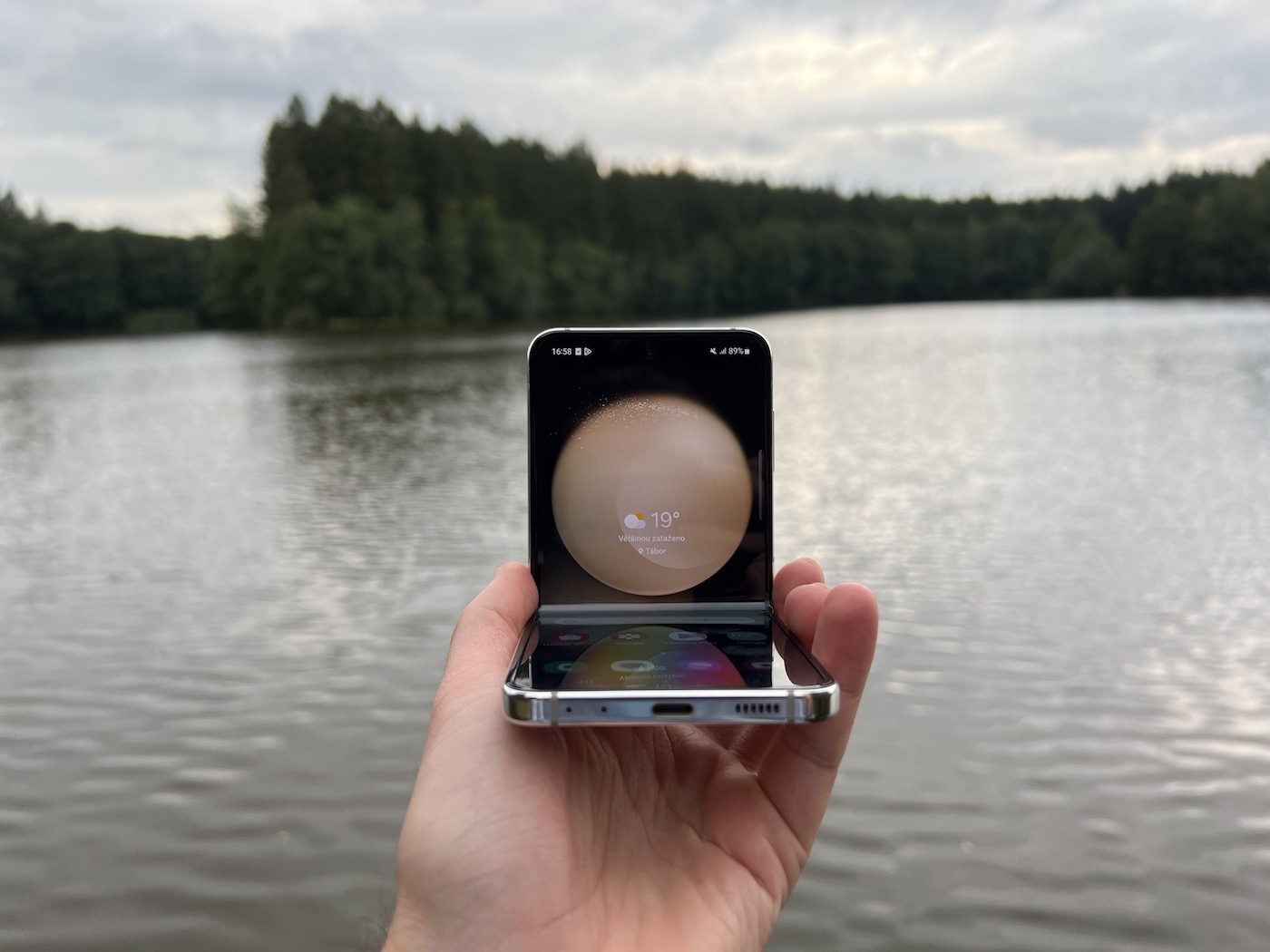
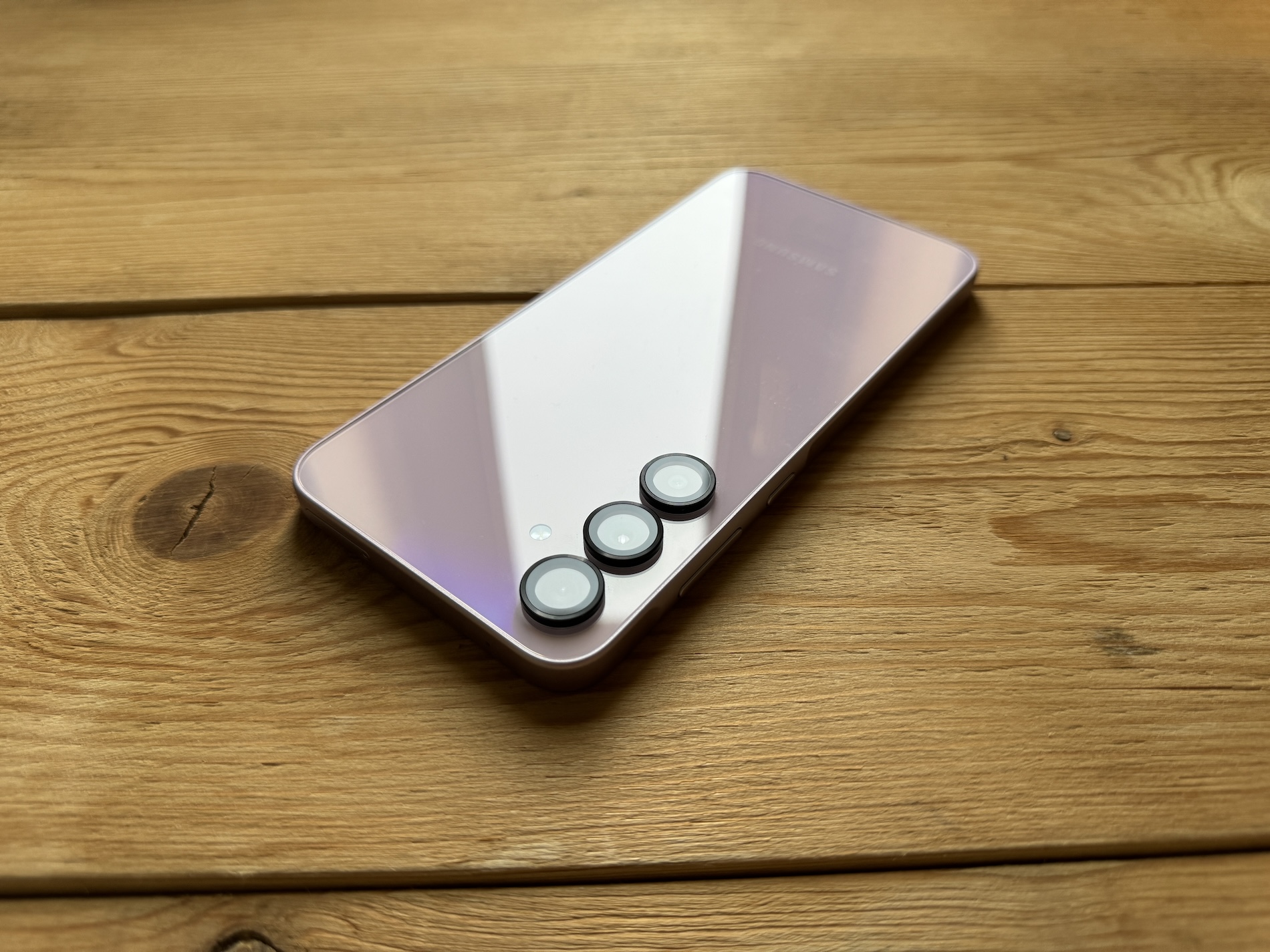

I had it and it was a great work tool. Since then, the phone has been a very important part of my phone for me...
Two years ago, I bought a used note 7 for fun (for 3000,-). I thought I'd just give it a try without a SIM. After a week the SIM was inside and I am now writing this post from it. Great phone, fast, nimble, beautiful display. And it will be hard for me to switch to a phone without SPEN.
Sit down note9. No better than the Note board. 🙂 can be found for a few crowns if you are looking.
How to get the beta version
I had it for 6 years. The best phone right after the note 9. Now the note 20 ultra and also quite satisfied.
Note II? I had the N10+ and I was extremely satisfied with it. Now I have an S23U and I can't say enough about it. I don't know why Sung switched to a different marking and I don't care, but the satisfaction is maximum
I've had all the Notes ever....currently the S22 Ultra I can't imagine a phone without the S pen, I'll wait for the S 24 Ultra and we'll see, maybe I'm ahead of the curve for the first time. Every year the S and Note series.... and I will absolutely not allow it. Maybe with the S series, I miss the thinness and greater angularity when holding it in my hand.
I still have it as a music player and it's great.